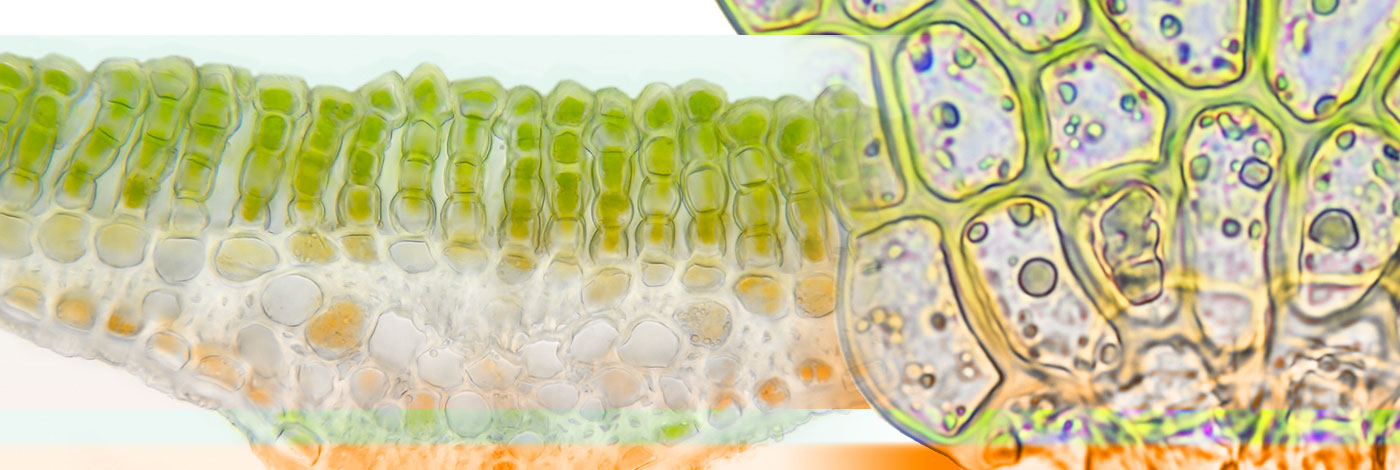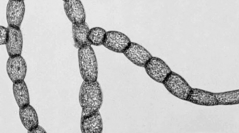

 Cryptogamie, Bryologie
32 (1) - Pages 03-12
Cryptogamie, Bryologie
32 (1) - Pages 03-12Tayloria rudolphiana (Garov.) Bruch et Schimp. was grown in axenic culture, from spores and gametophyte fragments to study its development patterns for the first time. It was grown for 16 months on Parker's growth media under a 14h light/16°C-10h dark/14°C cycle with daylight fluorescent lighting. The expansion of protonemata filaments and branch formation in T. rudolphiana followed the typical tip growth pattern seen in mosses. All types of protonemata cells were observed (chloronemata, caulonemata and rhizoids) in specific developmental sequences, depending on their origin. Protonemata (caulonema) derived brood cells were observed for the first time in T. rudolphiana. Brood cells formed at the ends of the caulonemal filaments as chains of short, relatively thick-walled, spherical cells, containing abundant chloroplasts and some lipid droplets. Brood cells developed after 4 months in culture on colonies initiated from spores.